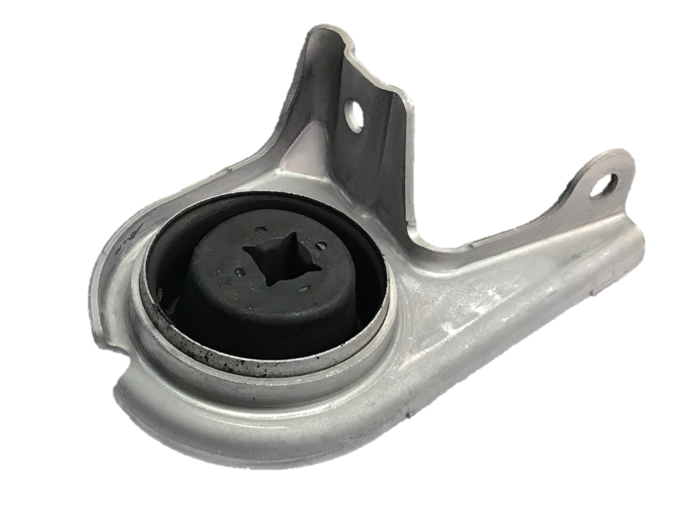Metals each have their own unique properties. When it comes to providing certain components with an extra layer of protection and corrosion resistance, one of these metals will be plated into the component directly.
There is gold, nickel, silver, and more that are commonly applied to those components. Silver plating is harder than gold while also being more malleable and ductile. It is also stable in water and pure air, though it can be vulnerable to air containing sulfur. Let’s learn more about electroplating.
Industrial Applications
Primarily, silver plating is used for industrial applications. For the most part, it is used for electrical connectors in particular. It is also common to see this type of plating used in the automotive, telecom, dinnerware, and jewelry industries.
That is partially because of the finish that this plating method creates. It has a metallic luster to it, which can be quite bright and shiny when cleaned. That gives it a more “finished” appearance than some other metals.
Coating Thickness
For the most part, a silver electroplate can be put on using a barrel plating or rack fixture technology. The specification for the plating can be in bright, semi-bright, or a matte finish and can either use or exclude a post treatment that is meant to improve its resistance to tarnish.
The thickness of this plating can range anywhere from 1 to 40 microns depending on the use. The former is more for solderability while the latter can hold up to severe wear.



